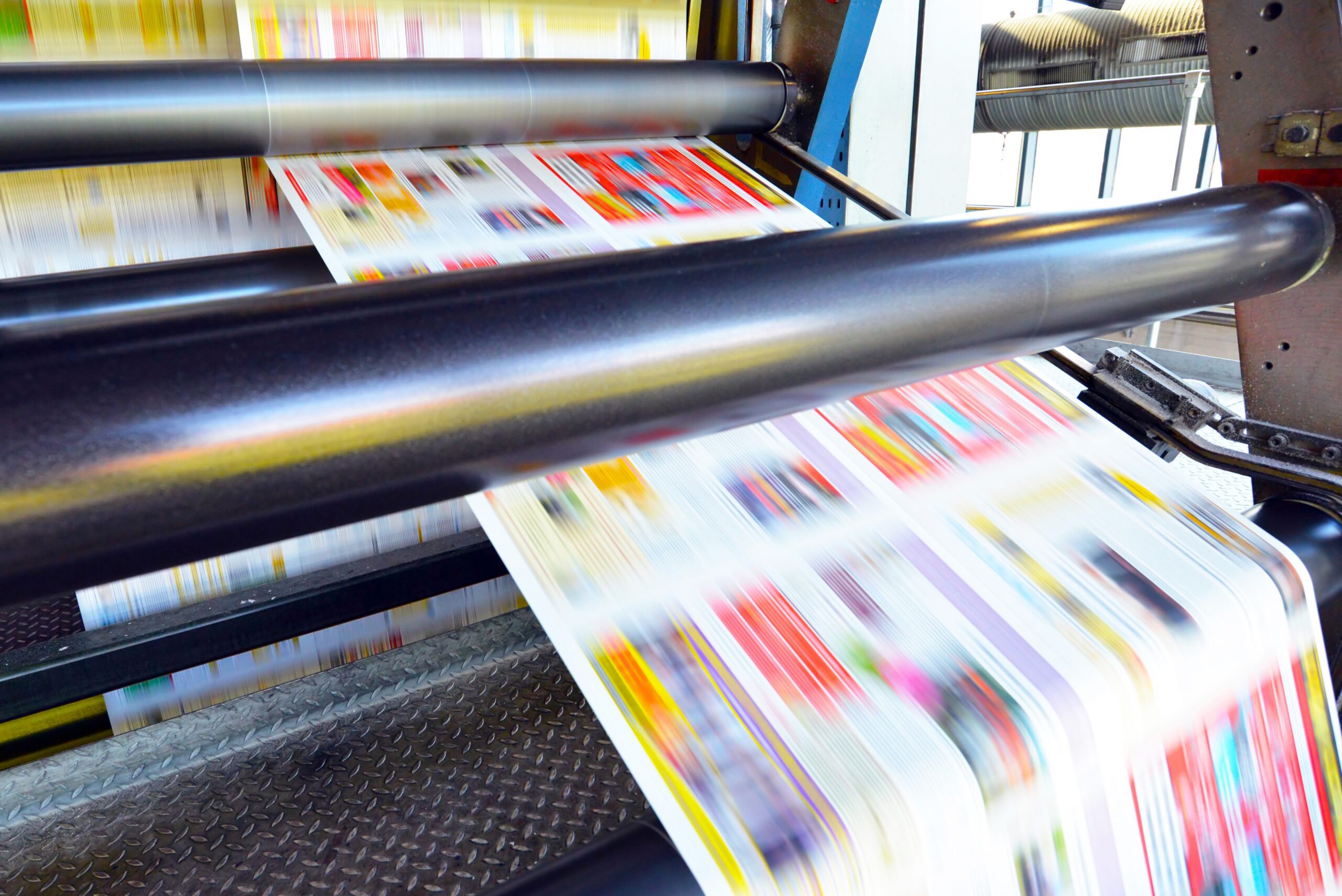May 05, 2023
7 Reasons to Consider Modern Digital Printing, with Jenna Haight

While marketers are tunneling into paperless marketing channels, digital print is alive and well. And, it’s become a much more dynamic system than its traditional offset predecessor. Our inhouse print expert, Jenna Haight, is here to compare offset printing to digital and shed some light on the advantages of modern digital print for your next direct marketing campaign.
Here are some key insights that’ll make you want to go crazy for digital print:
1. Multifunctional
Modern updates to printer technologies have made this workhorse as nimble as an Olympic gymnast. Offset printers limit your jobs to a single format, where modern methods allow for orders of varying schematics. For example, customized envelopes, letterheads, and business cards can all be printed from the same device. This means there are limitless versions that can be created, from copy to full color images to target each individual client and their campaign needs.
2. Quicker Turnaround
Time is money. With digital printing, a variety of spec sizes and versions can be quickly set up, printed, and sent on their way. Offset printers are fast once you set them up, but require some elbow grease to get them ready resulting in much longer lead times.
3. Faster Throughput
“Faster is Better!” Offset printing presses use printing plates and wet ink. This means that printed collateral needs time to dry before any finishing processes can take place, further slowing down your minty mail drop. Digital printers, however, produce dry stock, ready to be handled and mailed the moment they’re printed.
4. Variety of Stocks
If variety is the spice of life, toner adhesion brings the heat. Quality digital printers operate at a higher printing temperature, which results in superior toner adhesion, ensuring print compatibility with a wider variety of stocks. These include plain, coated or uncoated papers, magnetic, metallic or plastic materials, wood veneers, heat transfers and translucent stocks. In other words, you can print on almost anything!
5. Easy Data Changes
Traditionally, offset printing meant you had one hard copy original from which you made an offspring of identical copies. With digital printing, changing information within a single print job is simple. The output is sent directly form electronic files, so infinite variable data adjustments are possible. Targeted print can be customized on a whim with a limitless number of versions, including variable QR codes, URL’s, and call to actions as well.
6. Cost-Effective For Longer Runs
There isn’t a more cost-effective way to produce short-run, customized print jobs of 5,000 or less, than digital. More and more print shops recognize that only once they exceed 5,000 units, and if they are not working with variable data, does the offset press make more financial sense than digital. However, DBM is not your average print shop. Our in-house printing allows for cost-effective digital print campaigns that extend well beyond the 5,000 unit average.
7. Environmentally Safe
Offset printing can get messy – inks need to be mixed and printing plates need to be washed using toxic detergents. Digital printers don’t use heat and pressure to fuse the toner into the paper. Instead, toner is transferred to the medium and then fused using heat. This means no mixing of inks, which means no mess, which means no harmful chemicals needed for clean-up reducing paper waste and minimizing our carbon footprint.
Final Thoughts
Studies continue to support that consumers are connecting with physical mail pieces that you can see and touch, especially when they’re coupled with cross-channel marketing efforts. Direct mail pieces have a multiplier effect on marketers’ ROI when they are paired with, for example, a digital email or social campaign. DBM has been a figurehead in direct mail marketing for over 30 years and knows exactly how to utilize these strategies when planning your next campaign.
Share this:












